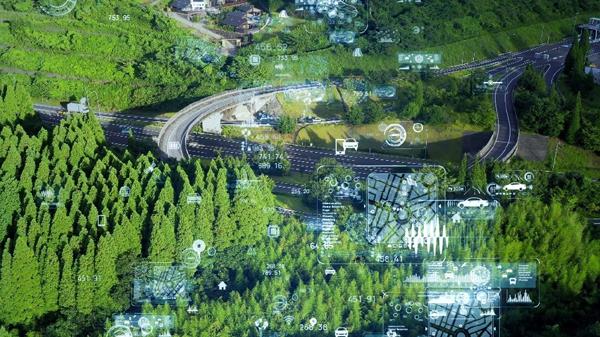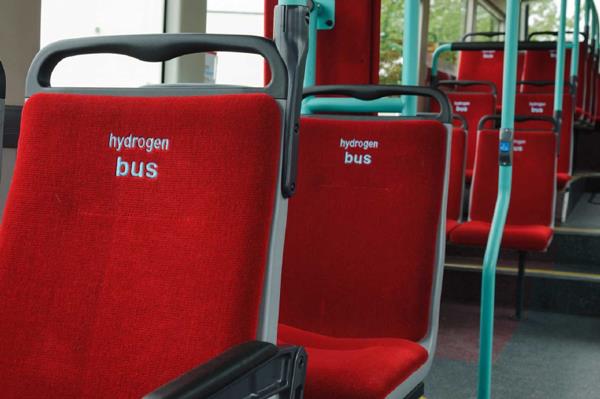The McKinsey Center for Future Mobility reports that almost one-third of people surveyed plan to increase their use of micromobility (e-bikes,e-scooters, etc) over the next decade and that nearly half of respondents are open to replacing their private vehicles with other modes of transport in the same period. In 2019, consumers generated $130 billion in shared-mobility trips, with predictions estimating that total revenues in this altruistic form of transportation could reach between $350 and $860 by 2030. Add in that EVs (electric vehicles) are expected to continue their emergence in 2024, with Global sales expected to grow by 27%, and you begin to see how much momentum is in sustainable mobility.
With potential comes excitement, and with that comes pressure to deliver. In suitably utopian fashion, success will likely depend on multiple factors that combine to shape the infrastructure needed for sustainable mobility to flourish. Let's consider three key areas that are likely to play a crucial role.

Electric and Connected
For several years, sustainable mobility was typecast as Electric Vehicles. More recently, that burden has been shared across multiple areas, and rightly so. But there’s no doubt that EVs are still the dominant force. Electric vehicle use is expected to continue growing. Advances in battery technology, longer vehicle range, and more places to charge will make electric cars more available and attractive to more people – Check out how Mahle is adapting components to facilitate fast-charging EVs. While there may be challenges, electric vehicles will continue to progress and become more connected and autonomous as part of their progression.
Newly-made vehicles are becoming increasingly connected, creating opportunities to collect data. Whilst this primarily presents an opportunity for companies that can process data and gain insights from it, such as integrated insurance technology and in-car payments, vehicle connectivity is also essential for developing self-driving cars. Autonomous Vehicles need to be connected to share information with other sources both inside and outside of the vehicle to be aware of surrounding traffic, to understand and improve traffic flow and to optimise the driving experience for the passenger.

Vacuum Casting component for an electric vehicle by Mahle
Fuelling investment in infrastructure
Whilst EVs will play a pivotal role, battery technology can not be the only fuel source for transportation if sustainable mobility is to succeed. According to Eurostat, the EU’s share of energy from renewable sources used in transport reached 9.6 % in 2022, up from 9.1% in 2021. Whilst this improvement is positive, there is still work to be done to diversify the fuel sources, such as hydrogen or biofuels, to make renewable energy suitable for consumer requirements.
According to BloombergNEF's report on Europe’s Path to Clean Energy, 85% of Europe's total power capacity is projected to be from renewable sources by 2050. New technologies like batteries and hydrogen will be important for increasing electrification and transitioning to cleaner transportation. However, the main challenge for the energy transition is building new infrastructure. In Europe alone, over $5 trillion will be needed for new infrastructure projects by 2050. These projects will include renewable power plants, smart grids, and battery storage power stations.

Transport for London currently has 20 hydrogen fuel cell Double-decker buses to help reduce TfL's carbon footprint
Keeping Pace with Urbanisation
For sustainable mobility methods to become the norm, the cultural and environmental landscape must be primed to accommodate the methods on mass. A report by Oliver Wyman focuses on how cities will need to innovate to meet the growing demand for sustainable urban mobility, which will be 2.3 times greater in 2030 than today.
Cities will need to emphasise sustainable urban planning to meet this demand. Cities are getting more crowded, and this is causing more competition for space. To solve this, new ideas to make transportation better and reduce traffic are needed. According to the report, by 2030, 60% of the world population will live in cities, and half of the transportation systems produced will be made to fit the increasingly sustainable cities. This means there will be more focus on creating new transportation centres that use space better and meet people's changing needs for health, the environment, and personalised services.
Digital Manufacturing Technology
For product designers and engineers to create and implement the infrastructure required to achieve widespread sustainable mobility, manufacturing methods must continue to develop. Today, digital manufacturing is critical in advancing sustainable mobility by addressing pivotal aspects such as waste reduction, lightweighting, and comprehensive life cycle analysis of parts.

A clear automotive lens built by stereolithography
Through the precise application of digital design and simulation tools, manufacturers can optimise component shapes and structures, thus minimising material usage without compromising strength or safety. This lightweighting strategy significantly diminishes the environmental footprint by reducing energy consumption during production and enhancing fuel efficiency during vehicle operation. Furthermore, digital manufacturing enables a comprehensive life cycle analysis of parts, allowing manufacturers to assess environmental impacts throughout a product's entire lifespan methodically.
By identifying opportunities for recycling, reusing, or remanufacturing components, digital technologies facilitate the development of more sustainable transportation solutions, aligning with global endeavours to mitigate environmental degradation and combat climate change.